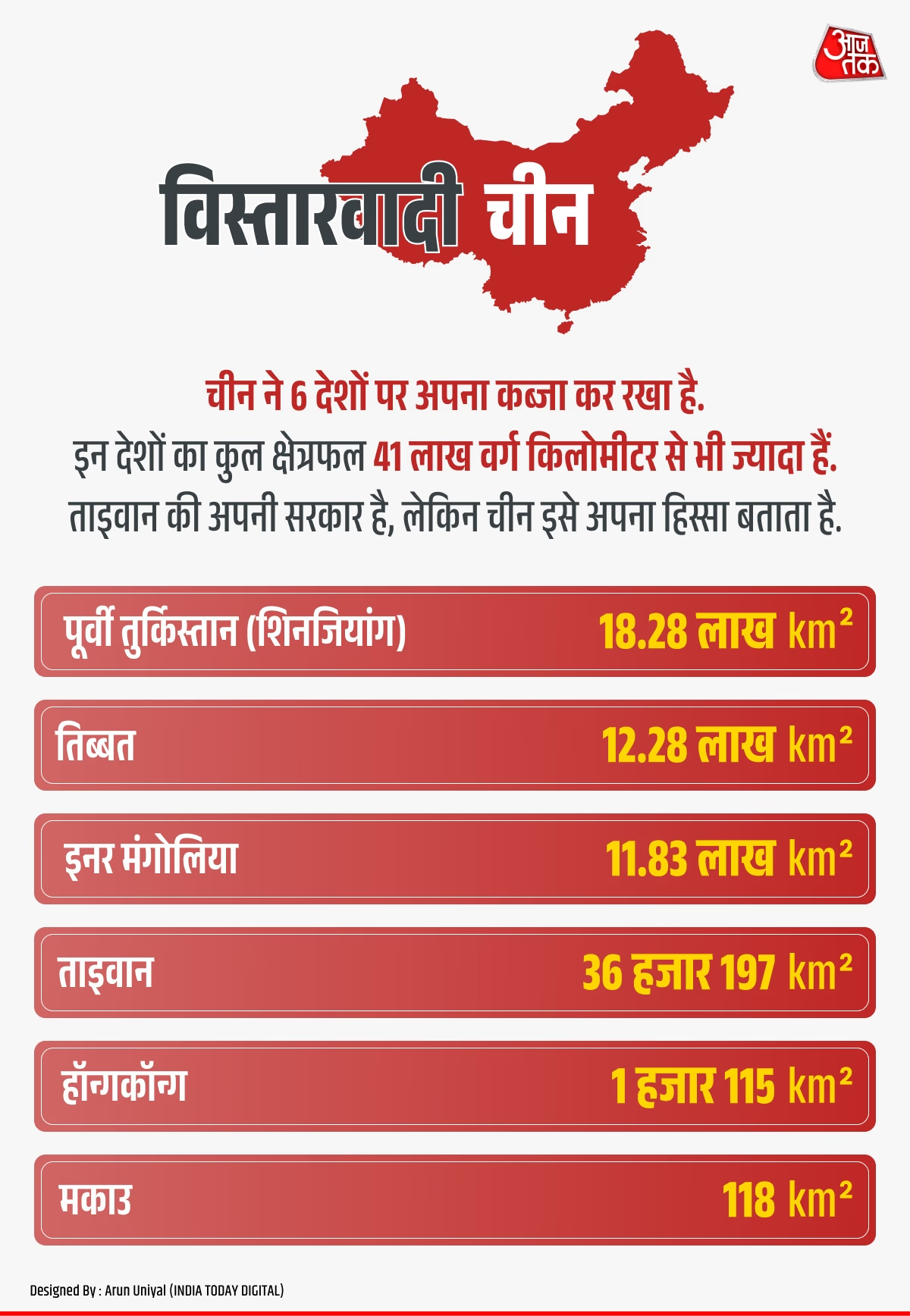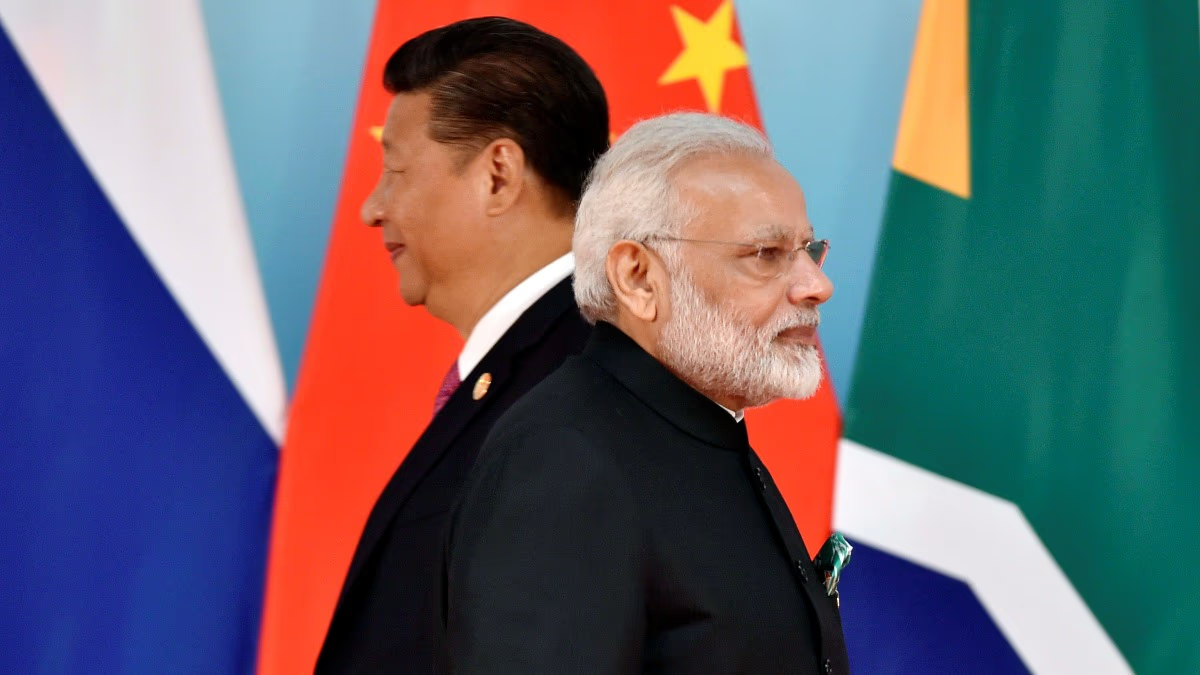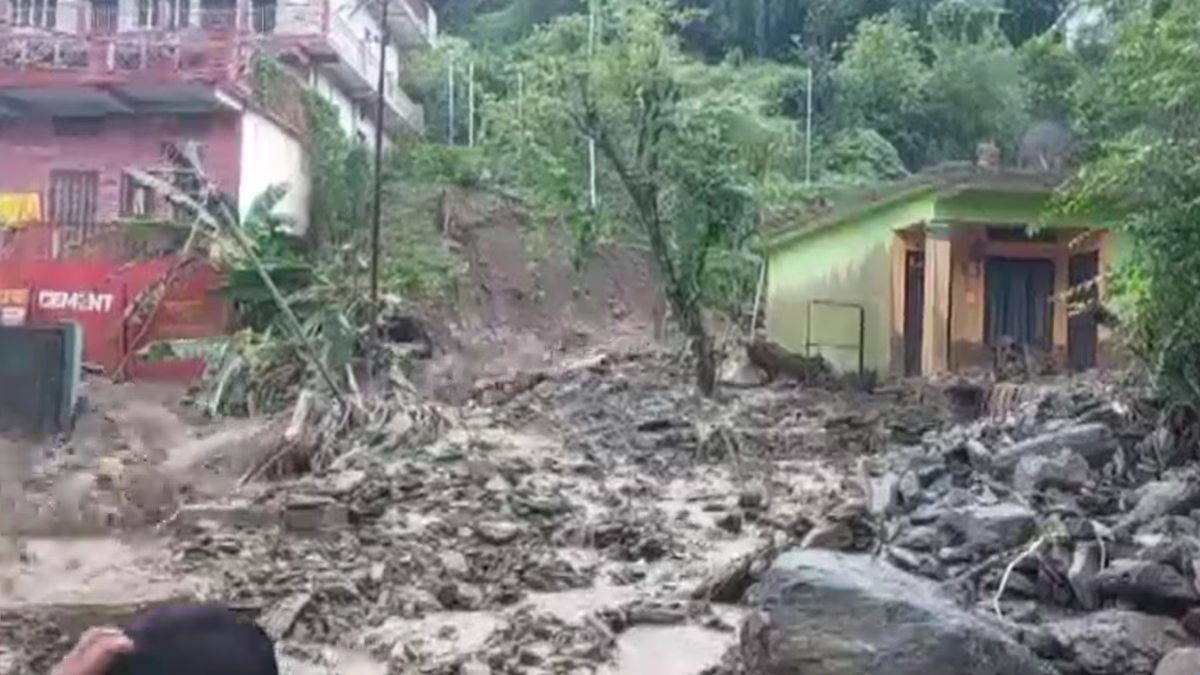Prime Minister Narendra Modi has once again criticized China's 'expansionist policies'. Without naming China, he stated that India supports development, not expansionism.
Modi made these remarks during a meeting with the Sultan of Brunei, Haji Hassanal Bolkiah. He said, 'We support development policies, not expansionism.' This statement is perceived as a strong message to China. China has disputes with most countries around the world, including a significant dispute with Brunei over the South China Sea.
'Development' vs. 'Expansionism'
This is not the first time Modi has addressed China's expansionist policies. During his visit to Ladakh in July 2020, he sent a strong message, stating that the era of expansionism is over. He remarked, 'Those driven by expansionism have always posed a threat to the world. History is proof that such powers either perish or are forced to retreat.'
In February 2014, Modi also attacked China's expansionist policy over Arunachal Pradesh. He said, 'China should abandon its expansionist policy and build bilateral relations with India for peace, progress, and prosperity.'
After winning the 2014 elections, Modi visited Japan and again criticized China. He termed expansionist policies as a mindset of the 18th century and said, 'Interference in other countries' affairs and claiming territories won't benefit anyone in the 21st century.'
In summary, Prime Minister Modi has framed India's message as 'Development' vs. 'Expansionism'.
Why is China called expansionist?
China wouldn't be the vast country it is today without its expansionist agenda. China has expanded its territory significantly over the decades. In terms of land area, China is the third-largest country in the world, covering over 9.7 million square kilometers—about three times the size of India.
China shares borders with 14 countries: Afghanistan, Bhutan, India, Kazakhstan, North Korea, Kyrgyzstan, Laos, Mongolia, Myanmar, Nepal, Pakistan, Russia, Tajikistan, and Vietnam. It has disputes with almost all of them.
China is called expansionist because it has gradually taken control of neighboring areas over the decades. China's map now includes regions like East Turkestan, Tibet, Inner Mongolia, Taiwan, Hong Kong, and Macau.
Last August, China released a new map showing Aksai Chin and Arunachal Pradesh as part of its territory. China occupies more than 4.1 million square kilometers of land, including 43,000 square kilometers of Indian territory.
How did China seize these regions?
- East Turkestan:
China has controlled this area since 1949, referring to it as 'Xinjiang Province'. It has a population of over 25 million, with 45% Uyghur Muslims and 40% Han Chinese. Uyghurs are considered a Turkic Muslim group. Like Tibet, Xinjiang is also an autonomous region.
- Tibet:
On May 23, 1950, China invaded and occupied Tibet, which it calls 'Xizang Province'. Tibet is the second-largest province after East Turkestan, with 80% of its population practicing Buddhism.
- Inner Mongolia:
Also known as South Mongolia, China took control after World War II. In 1947, China declared it an autonomous region. Its population is a mix of Mongolians and Chinese, totaling around 25 million.
- Taiwan:
In 1911, after the fall of China's monarchy, the Kuomintang government was established. In 1927, a civil war broke out between the Kuomintang and the Communists. The Kuomintang retreated to Taiwan. In 1949, China became the 'People's Republic of China', while Taiwan became the 'Republic of China'. Both countries do not recognize each other, but China claims Taiwan as part of its territory.
- Hong Kong:
Once part of China, Hong Kong was occupied by Britain in 1842. In 1997, Britain returned it to China under a 'One Country, Two Systems' agreement, granting political freedom to Hong Kong for 50 years. Hong Kong citizens have special rights, unlike mainland Chinese.
- Macau:
Controlled by the Portuguese for about 450 years, Macau was handed over to China in December 1999 under a similar agreement to Hong Kong, allowing political freedom for 50 years.

Source: aajtak
China's Illegal Occupation of Indian Territory
India shares a 3,488 km long border with China. China claims 90,000 square kilometers of Arunachal Pradesh, which India asserts has always been and will always be its territory. China refers to Arunachal Pradesh as 'South Tibet' or 'Zangnan'.
China also controls around 38,000 square kilometers of Ladakh. Additionally, in a March 2, 1963 agreement, Pakistan ceded 5,180 square kilometers of POK to China. China claims Ladakh as part of its territory.
Last year, China released a new map showing Ladakh and Arunachal Pradesh as part of its territory.
Conflict in the Seas
China has border disputes with around 18 to 23 countries, depending on the report. Among these disputes is its claim over the South China Sea.
China asserts ownership over the South China Sea, covering 3.5 million square kilometers, bordered by Indonesia, China, the Philippines, Taiwan, Vietnam, Malaysia, and Brunei. All, except Indonesia, claim parts of this sea.
Years ago, China sent ships carrying construction materials to the South China Sea, building ports, an airfield, and an artificial island, creating a military base.
When questioned, China claimed a 2,000-year-old historical connection to the South China Sea. Now, several nations are in conflict over it.




